Exhibition shows how being queer is perfectly natural
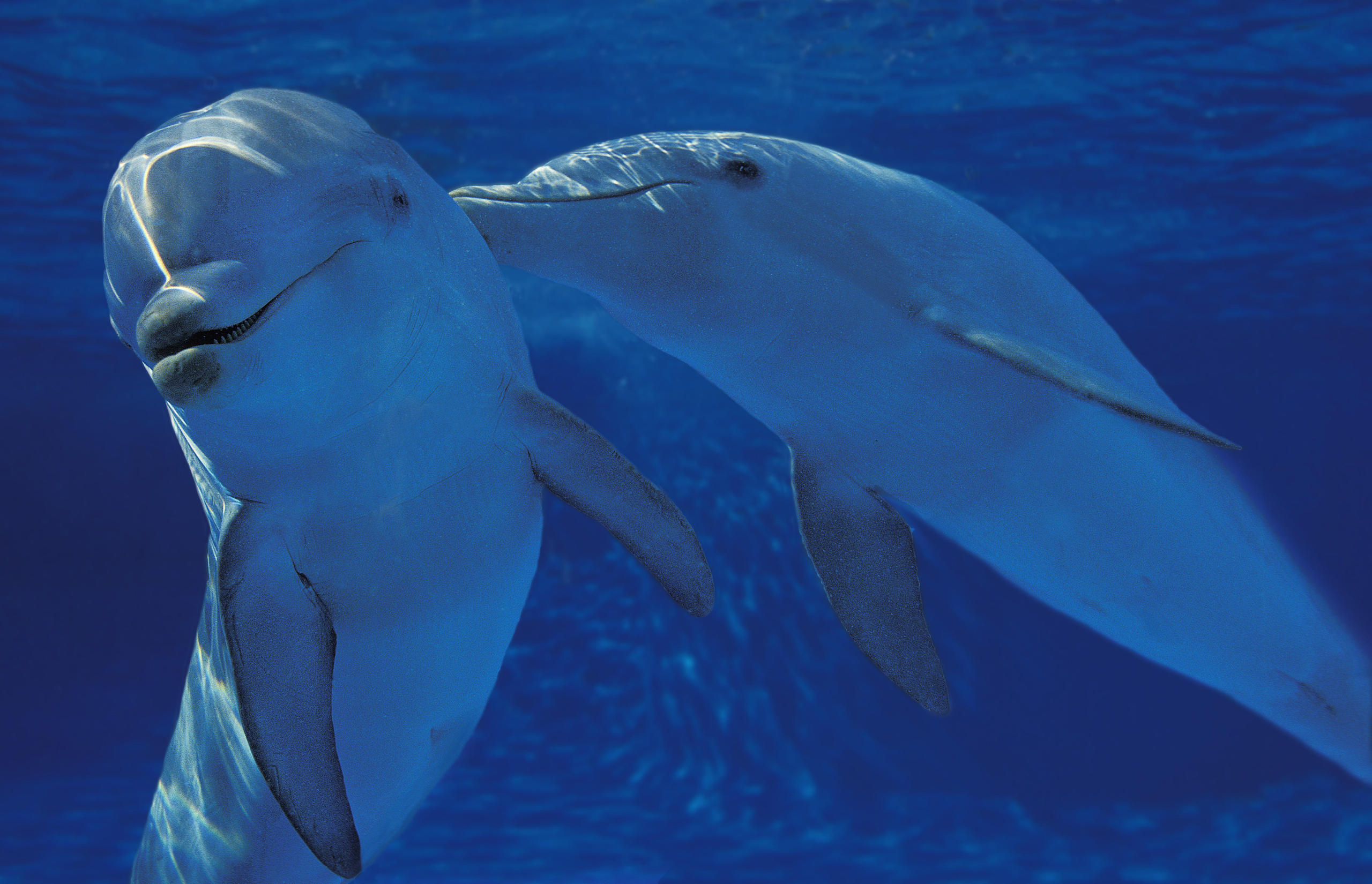
Some 70 countries around the world continue to repress same-sex behaviour, saying it's immoral and even unnatural. An exhibition in Bern reminds us that queer relationships are not only widespread in nature but can also contribute to social cohesion.
“Many people think that homosexuality and being queer are marginal and perverse phenomena. They say they are unnatural,” says Christian Kropf, a biologist at the Institute of Ecology and EvolutionExternal link at the University of Bern. “But this is nonsense!”
Kropf is a specialist in invertebrates and works with the Natural History Museum in Bern. He is the scientific curator of Queer – Diversity is in our natureExternal link, an exhibition in the Swiss capital that presents the diversity of gender and sexual orientation in humans and other species. The exhibition ranges from biological discoveries to current debates on homosexuality with the intention of creating a bridge between nature and society.
The term ‘queer’ is used to refer to people who reject traditional definitions of male or female and labels of sexual preference
Observed in 1,500 species
Examples of same-sex behaviour in nature are numerous. Dolphins, for example, display a rather uninhibited sexuality. Many bottlenose dolphins are bisexual, and some can form long-lasting same-sex couples.
“Male dolphins stick their penises everywhere, even in their partner’s blowhole,” Kropf explains.
This phenomenon has also been observed among European rams, with 6% of rams mating exclusively with other males, according to the exhibition.
“Although they have the choice, they aren’t interested in females. Male sheep have intense contact, lick their genitals and have anal intercourse,” he says.
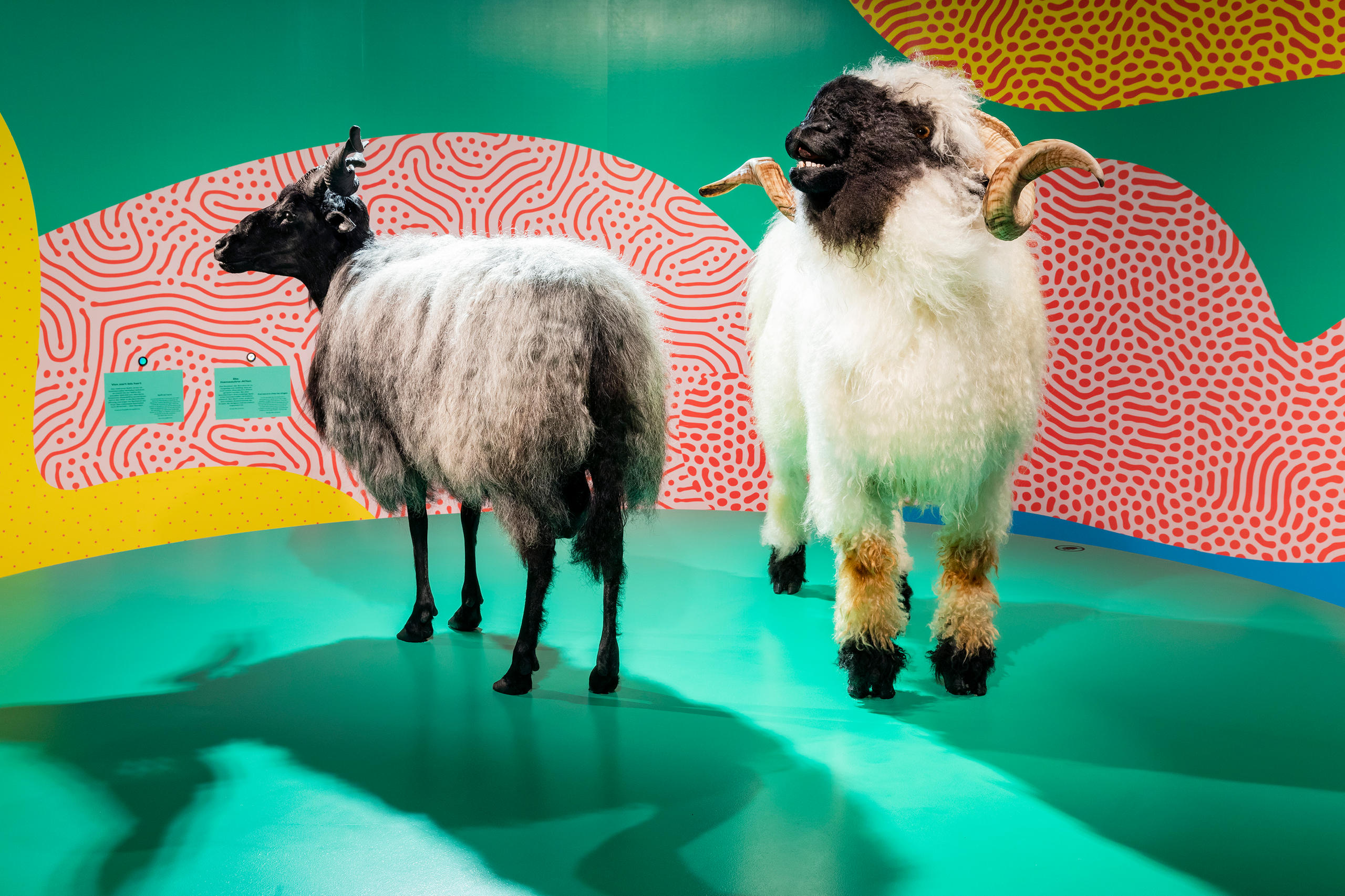
Same-sex behaviour has been observed in about 1,500 species and is probably present in all social vertebrates, Kropf says. “The reasons for homosexual relationships are not always clear, but we do know that they strengthen social bonds and can contribute to group unity.”
In dolphins, same-sex behaviour could be key to their social organisation, according to research from Murdoch University in Australia. Interactions between animals of the same sex help establish hierarchies and bonds, which can be useful when hunting.
Bonobos, on the other hand, resort to sexual acts, often between two individuals of the same sex, to ease tensions and resolve conflicts.
In nature, Kropf points out, gender roles are not always defined and cases of same-sex parents are widespread. Among Laysan albatrosses, a marine species native to Hawaii, some females brood and raise their chicks together. The opposite happens among black swans, where the egg laid by a female is guarded by two males.
Sex change
“Nature knows no limits”, both in terms of behaviour and biological sex, Kropf says. Many animal species can change sex during the course of their lives, and some have dozens or even thousands of different sexes.
The record is held by Schizophyllum commune, a fungus that has 23,328 distinct sexesExternal link, which are known as mating types. This means that during reproduction, sex cells or gametes can come together in 23,328 different combinations.
In various species of reptiles and fish, sex is not determined by genes, but by the temperature at which the eggs develop. In grayling, for example, offspring exclusively hatch out male if the water exceeds a certain threshold. With climate change, river waters are getting warmer and there are therefore more and more males, which could jeopardise the survival of the species.
Hermaphroditism – the presence of male and female genitalia in the same individual – is not a rarity in nature either. It can be advantageous, especially for species that are not very mobile or that live in isolated environments.
“The hermaphrodite animal has the option of self-fertilisation. This is not necessarily the best option as it reduces genetic variability, but in the absence of a partner it’s better than giving up reproduction altogether,” Kropf explains.
What is unnatural, he says, is homophobia and discrimination based on sex. “I don’t know of a single case of homosexual individuals being marginalised or disadvantaged in the animal world.”
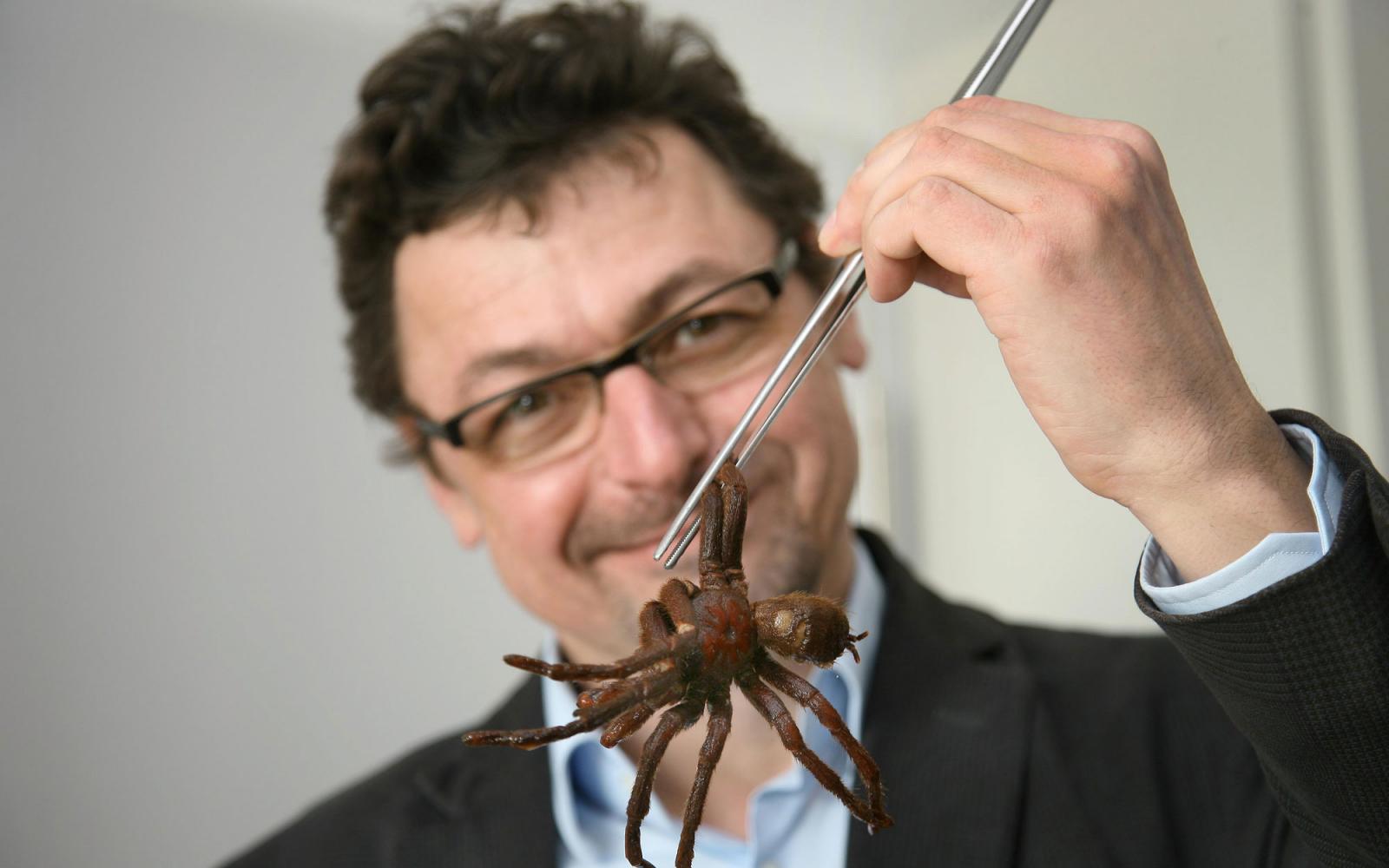
Death penalty
It has been more than 30 years since the World Health Organization removed homosexuality from its list of mental illnesses, yet the rights of LGBTIQ people are not recognised everywhere.
Homosexuality is widely repressed in Africa, Asia and the Middle East, and some 70 countries condemn same-sex relationships. The death penalty applies in Saudi Arabia and five other UN member states.
Switzerland was one of the last European countries to grant gays and lesbians the right to marry – only Italy, Greece and Liechtenstein remain. Same-sex couples have been able to enter into a civil partnership since 2007, but it is only since the new law on civil marriage, accepted in a popular vote this summer, that they can get married.
In May the advocacy group ILGA-EuropeExternal link ranked Switzerland 22nd (out of 49) in terms of equal rights for LGBTIQ people.
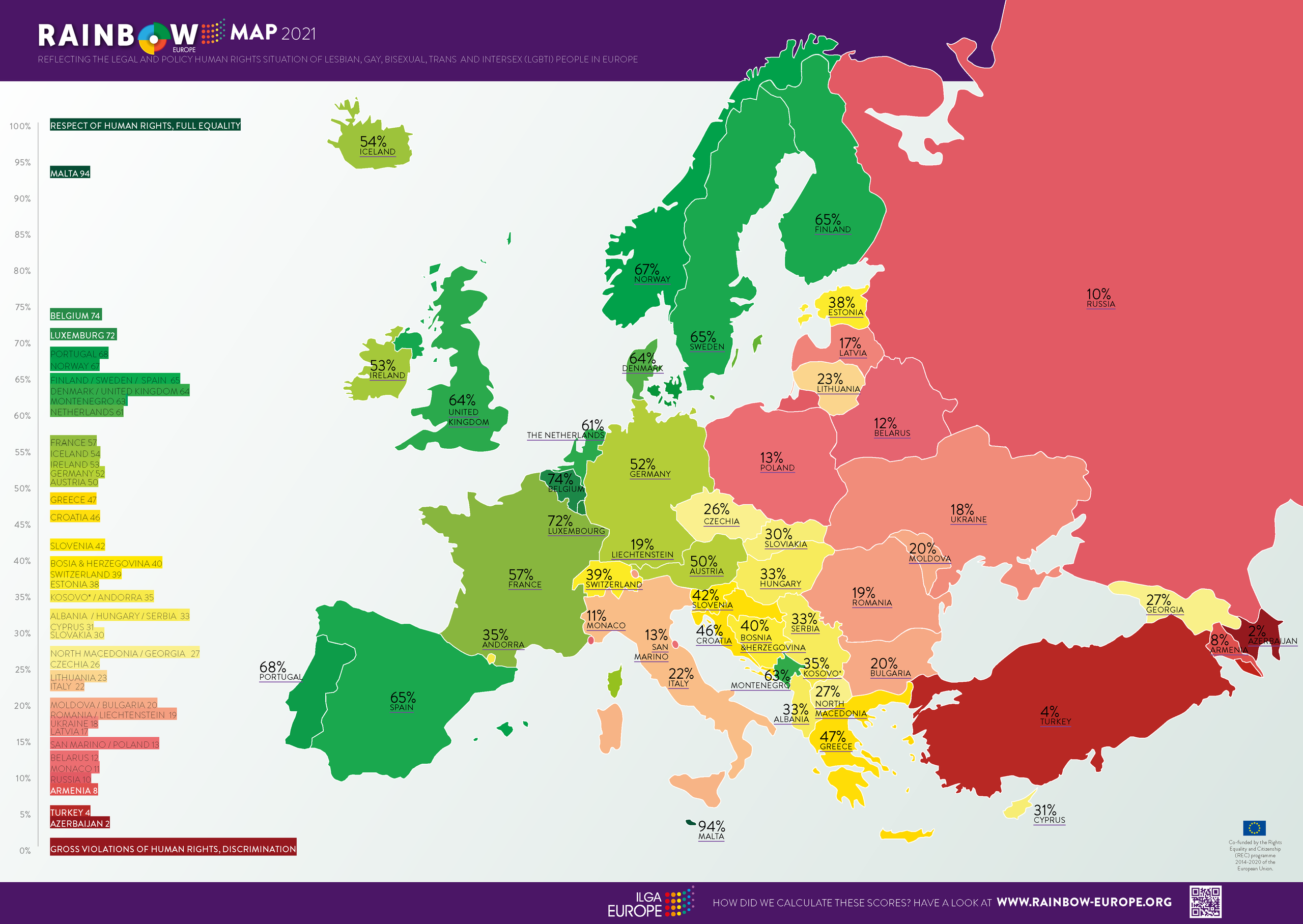
Cannibalism and infanticide
We can observe, study and safeguard nature, Kropf says. We can try to understand it in order to better understand the human species. But it would be wrong to see nature as an example to follow.
The only lesson is that there is everything in nature – from the most unthinkable sexual practices to the most bizarre gender roles, from cannibalism to infanticide, he says. “But we can’t take our cue from nature to determine how our society should function. We’re not just biological beings. We’re also cultural beings and everything we do is conditioned by culture. It’s up to us as a society to decide what is good or bad.”
He hopes that people will become more tolerant and open. It was in this spirit that he set up the queer exhibition at the Bern Museum, which has been extended by a year until March 2023.
“I don’t know if it contributed to the acceptance of the new marriage law in Switzerland. But it certainly had an impact on my father. He is 87 years old and has never spoken well of homosexual people. But since he came here he has changed. He realised that same-sex behaviour is absolutely normal.”
More

In compliance with the JTI standards
More: SWI swissinfo.ch certified by the Journalism Trust Initiative








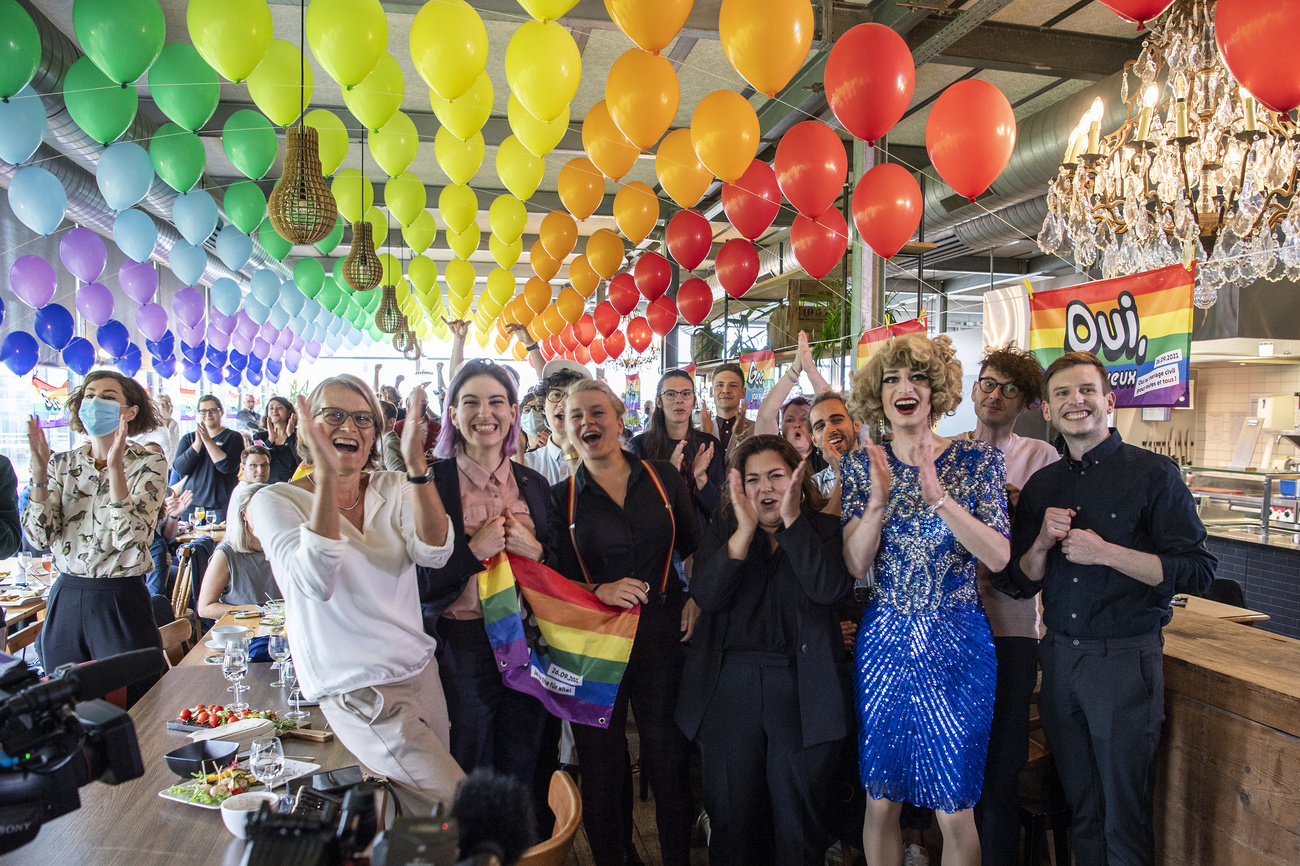

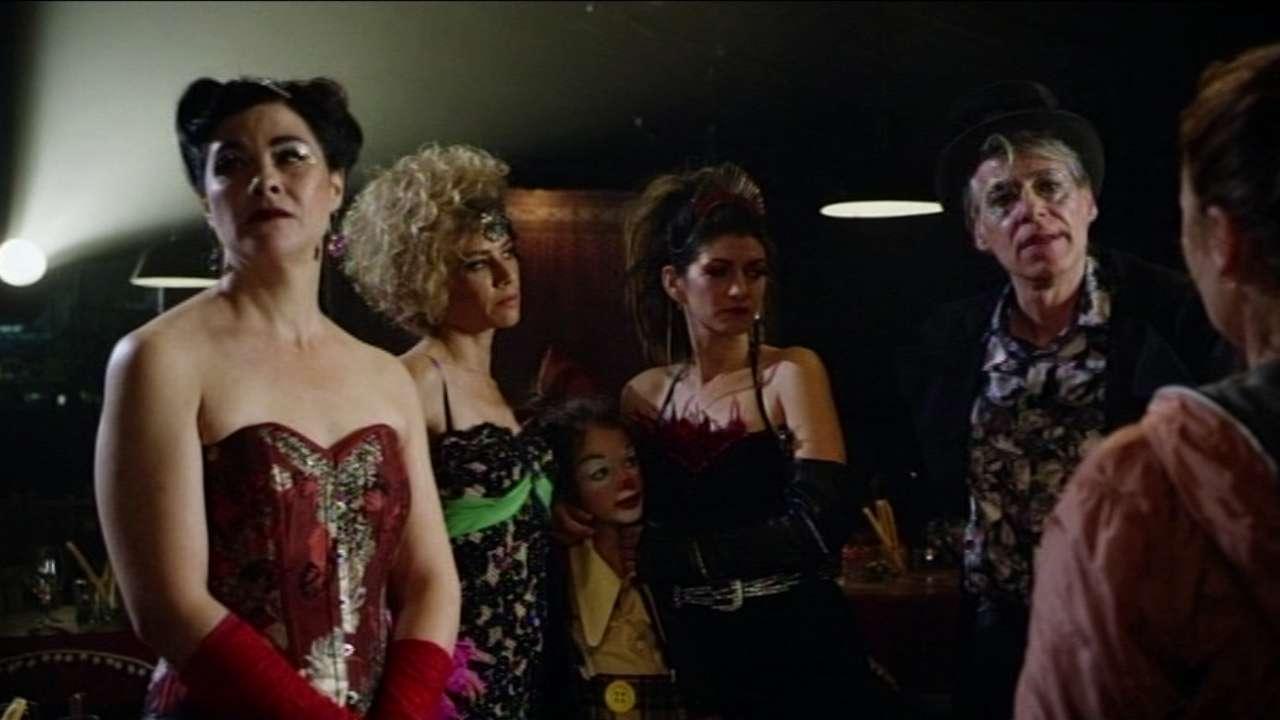
Join the conversation!